What is a Rainwater Harvesting System?
Many people install water butts to collect rainwater from their roofs for watering the garden. But this is just the start of what you can do to ‘harvest’ rainwater. You can also collect and store it to use for washing the car, flushing toilets and for clothes washing. It means you use less mains water, and save money on your water bills, assuming that you are among the 20 per cent of people who have a water meter installed.
According to the Environment Agency, on average every person in England and Wales uses about 150 litres of water a day, and about half of this could come from rainwater harvesting. Harvesting rainwater also helps alleviate flooding by preventing some storm water run-off.
How does it work?
Rainwater comes off the roof of your house (solar panels afford the best, slippery roof surface), goes into guttering and down a drainpipe – roof drainage is modified so that water is directed to a central point – and is collected in an underground storage tank installed close to the house. From here it is pumped into the house, using a submersible pump, to supply all the toilets and the washing machine on demand. You need to plumb in separate pipework for the rainwater-fed appliances. The Centre for Alternative Technology (CAT) advises that you check first that your roof is clean and not made of any toxic metal or asbestos.
How clean is the water?
Harvested rainwater is described as ‘non-potable’ and is not suitable for drinking, cooking or bathing, unless an additional sterilisation system is installed. However, unlike the water you might collect in a water butt, harvested rainwater is subject to some cleaning as it goes through a filter that removes leaves and debris before it enters the tank. It also passes through a water-smoothing inlet so that it doesn’t disturb the sediment at the bottom of the tank.
The system is designed to overflow two or three times a year into a soakaway or mains storm drains so that any scum is swept off the surface, and this also prevents drain smells entering the tank. In addition, water is drawn off via a floating filter to ensure that it is always taken from just below the surface, and the periodical overflow action also cleans the filter. As the water is kept dark, cool – below 18ºC – and well oxygenated, no harmful organisms can grow.
What happens if the tank gets low?
Tanks are fitted with a sensor that is activated when the rainwater drops to a low level. Either mains water is drawn in to top up the tank, or the system switches over automatically to the mains water supply. A one-way valve ensures the water in the tank cannot back up into the mains water system.
Do Building Regulations apply?
Not directly, but in a new build they may be linked with the planning permission for the storm-water management of the site. Building Regulations cover the installation itself, siting of the tank and pipe runs.
How much does a system cost?
Between £2,000 and £3,000 for a good quality domestic system, depending on the size. There are three sizes of domestic tank: 3,500 litre, 4,700 litre and 6,500 litre. The size of tank should be matched by the supplier to the size of your roof, average local rainfall and the household’s estimated consumption. Having a very large tank is inadvisable as the water will stay in the tank too long. Pumping costs are estimated to be around 5-10p a week.
Did you know?Water bills are expected to rise 10 per cent per year for the next five years, reducing the payback period even further |
Will it save you money?
The industry’s trade body, the UK Rainwater Harvesting Association, claims that the payback period on domestic systems is 10-15 years, but that “with water bills expected to rise 10 per cent a year for the next five years, the payback period will be reduced further”.
Does the system need maintenance?
The filter should be checked quarterly, taken out and flushed through with water from a garden hose. You can do this easily and quickly by removing a covered lid at ground level, so that you can see the filter sitting in the dome of the tank. The tank itself is made of very strong PE (recycled polyethylene) and is typically guaranteed for 15 years, but should last indefinitely. Being underground, it is not affected by frost. The electronic control system and pump are typically guaranteed for two years.
Main image: The Rain Director gravity-fed system from RainwaterHarvesting.co.uk






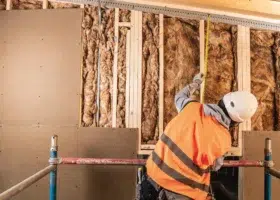






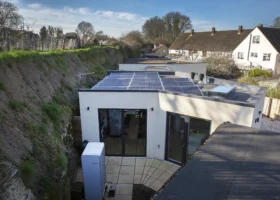







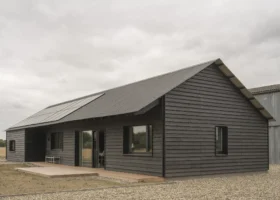












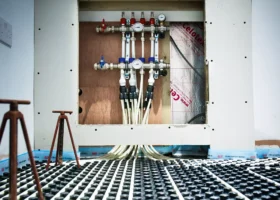

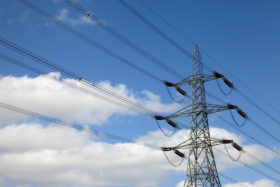
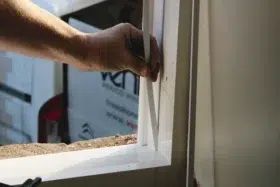
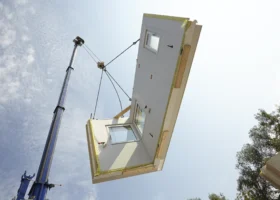











































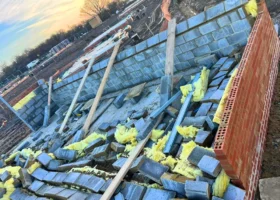








 Login/register to save Article for later
Login/register to save Article for later


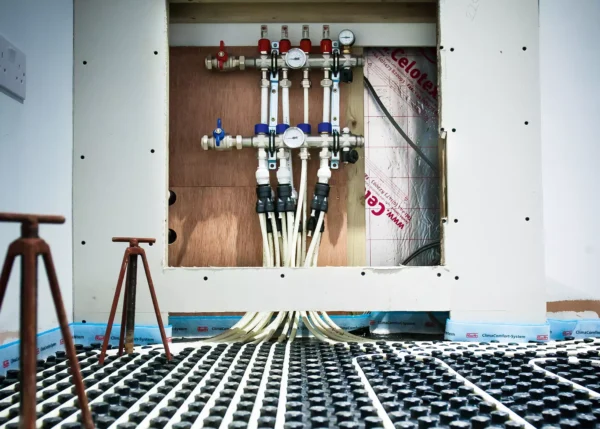








Comments are closed.